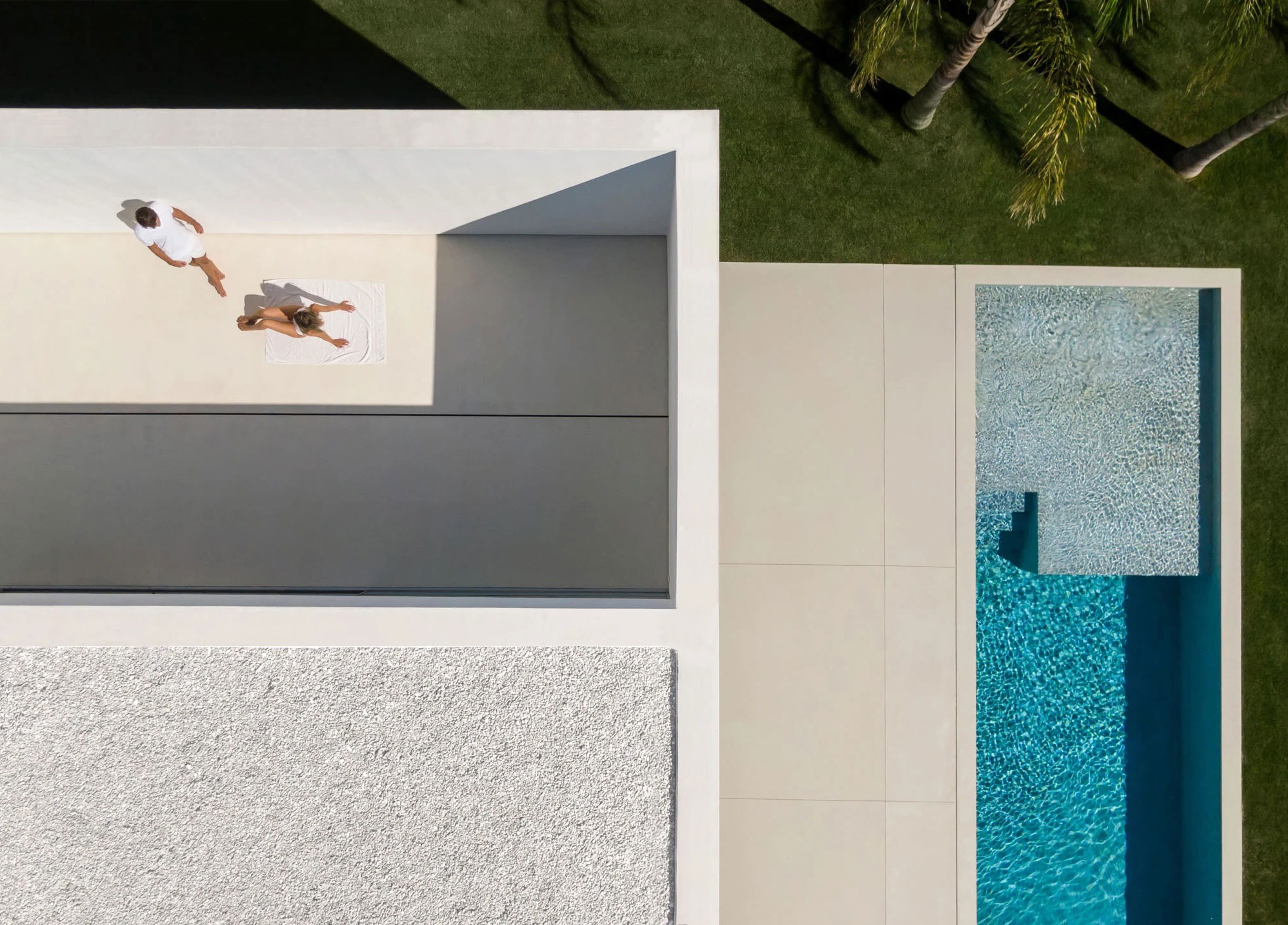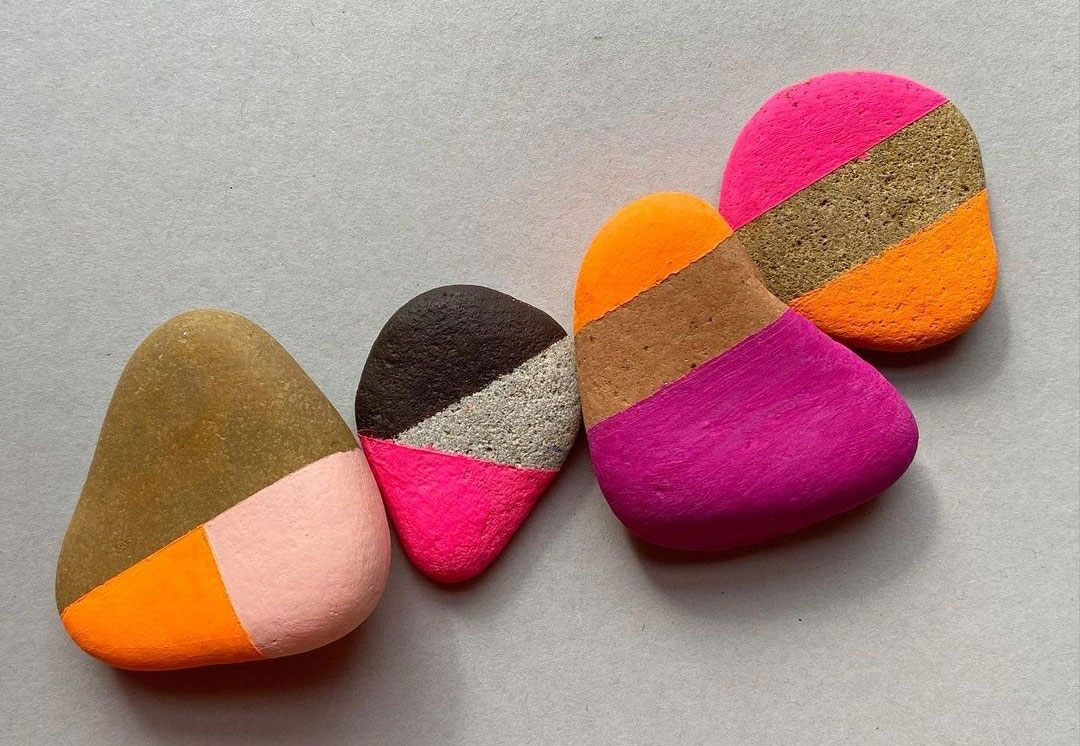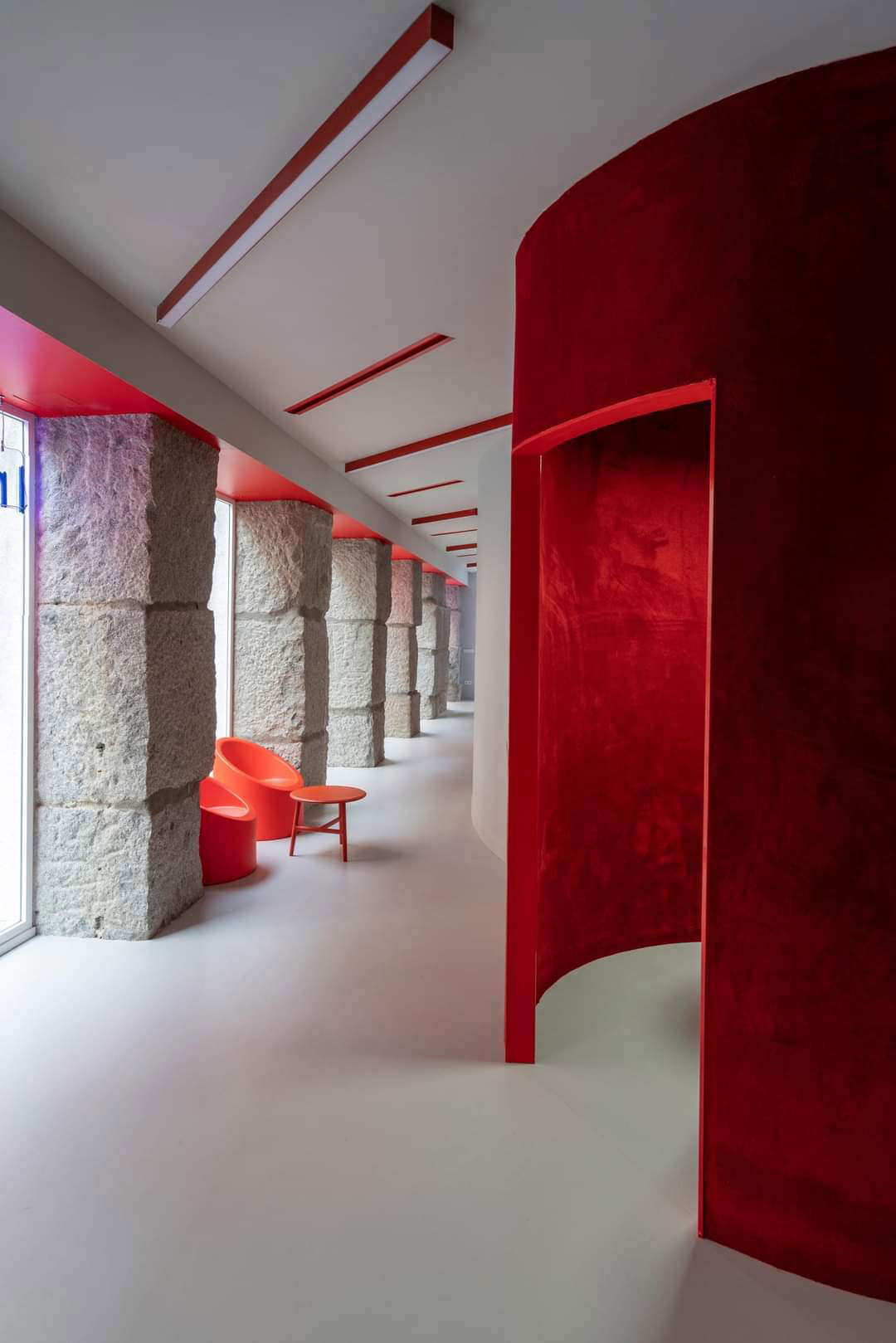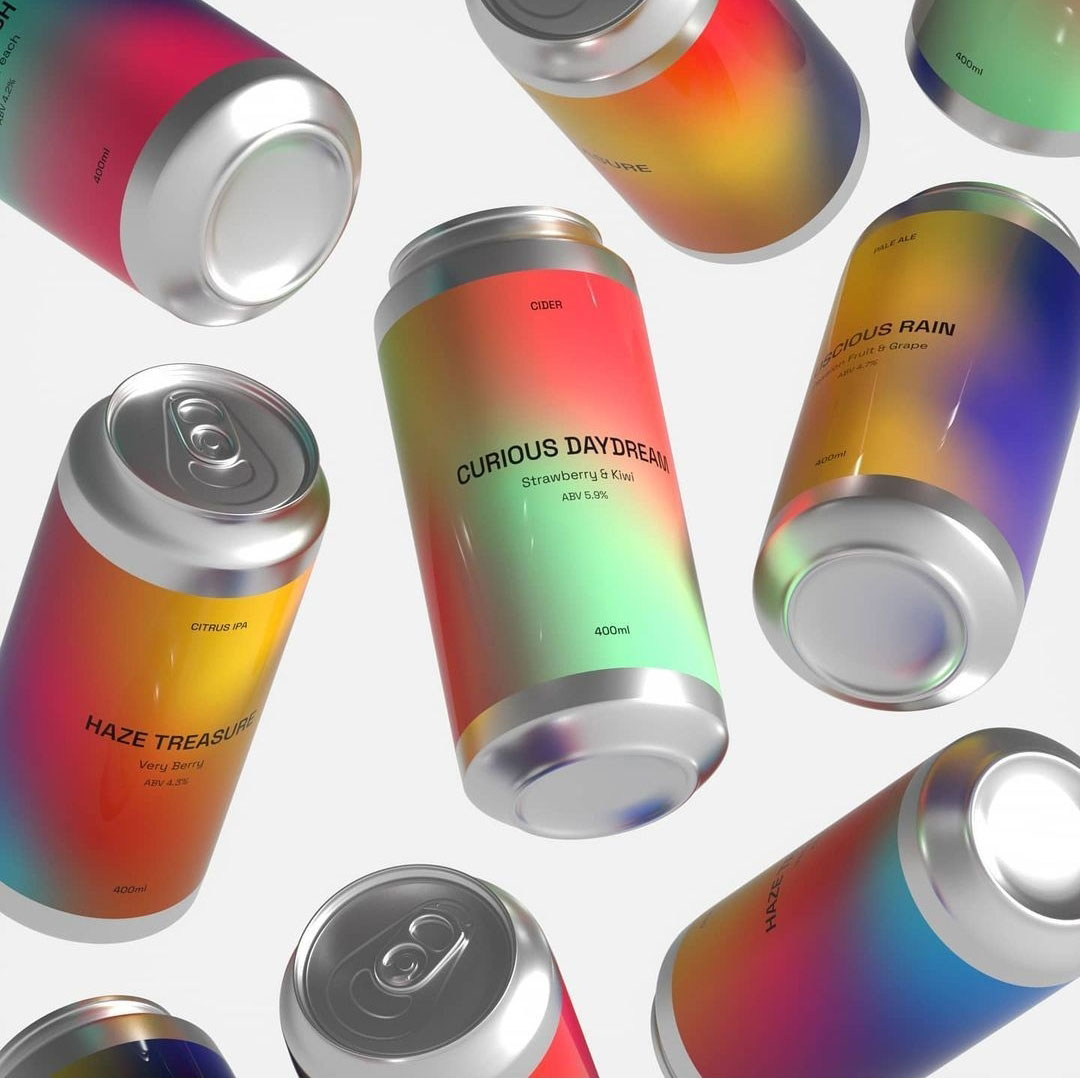IL SILENZIO È BIANCO
ARCHITECTURE | FRAN SILVESTRE
Il progetto di questa villa fa convivere lo studio di un musicista con la sua abitazione. Situato in una zona residenziale vicino a Valencia, l’edificio si presenta come un volume regolare e rigido contenuto in un recinto di cemento.
Il pianterreno, con muri grigio chiaro, è fortemente estroverso e dialoga con la piscina e il giardino. Ma il piano superiore, che ospita la zona notte, è totalmente bianco e introverso e dialoga solo con il cielo. Lo spazio è organizzato secondo un’articolata compenetrazione tra corridoi, patii, vetrate e stanze.
Il vuoto è protagonista. Il silenzio, voluto dal proprietario per ragioni acustiche, è tradotto anche nella percezione dello spazio. L’uso del bianco genera un gioco metafisico di luci e ombre, di vuoto e pieno, dissolvendo ogni rigida delimitazione tra una zona e l’altra.
Il disegno di questa villa si colloca sulla scia del minimalismo architettonico, ma il risultato emozionale è assolutamente massimalista.
Silence is white – The design of this villa brings together a musician’s studio with his home. Located in a residential area near Valencia, the building looks like a regular and rigid volume contained in a concrete enclosure.
The ground floor, with light gray walls, is strongly extroverted and communicates with the swimming pool and the garden. But the upper floor, which houses the sleeping area, is totally white and introverted and communicates only with the sky. The space is organized according to an articulated interpenetration between corridors, patios, windows and rooms.
The void is the protagonist. The silence, desired by the owner for acoustic reasons, is also translated into the perception of space. The use of white generates a metaphysical game of light and shadow, of emptiness and fullness, dissolving any rigid delimitation between one area and another.
The design of this villa follows in the wake of architectural minimalism, but the emotional result is absolutely maximalist.
















































